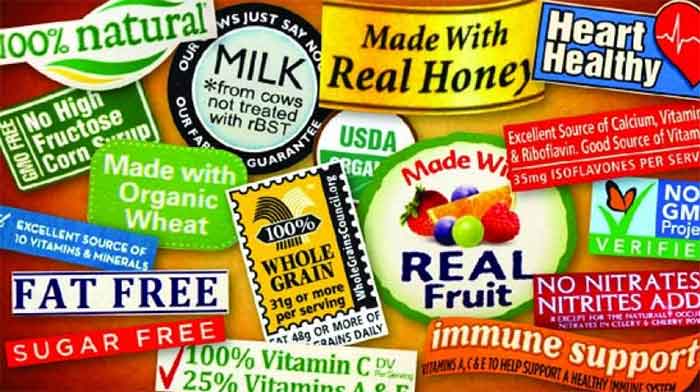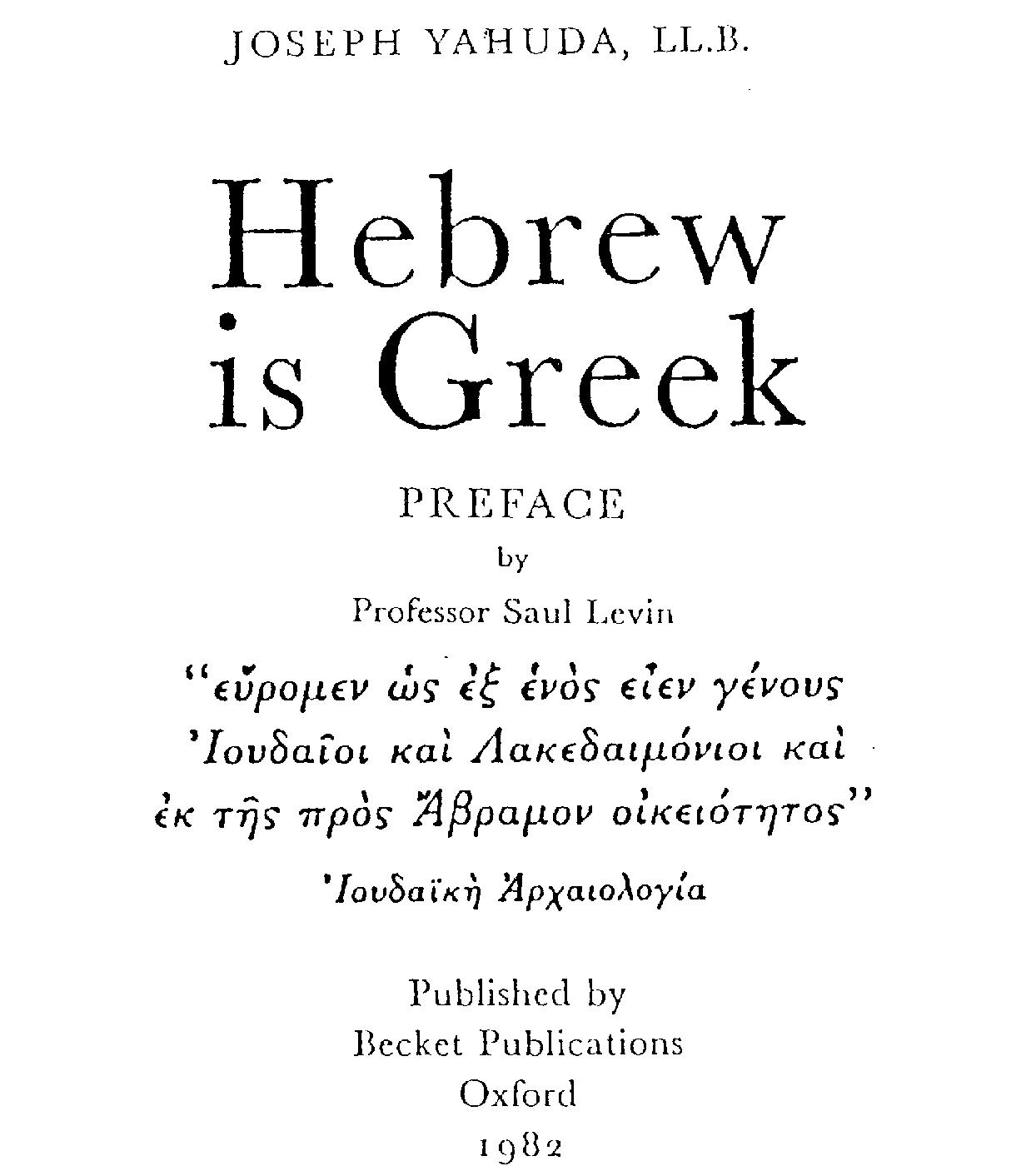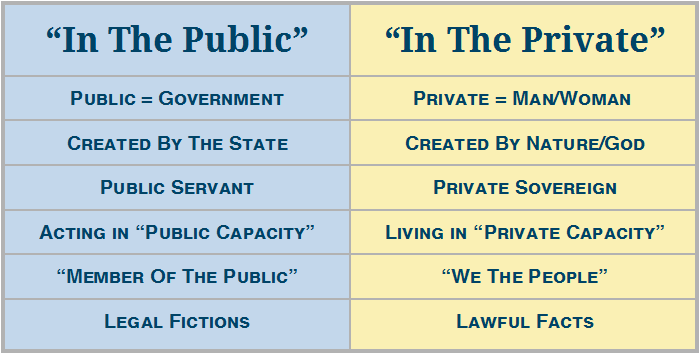
In India, diet diversity has increased a great deal in the last 20 years. Diet is one of the cornerstones of diabetes care. There has been a rapant increase in excessive and unbalanced intakes of energy, saturated and trans fatty acids, salt and sugar which has led to increased risk of non-communicable diseases such as diabetes, high blood pressure, obesity and growth problems. Among all of these, obesity is a serious public health issue that affects people all over the world. At the moment, India is suffering from both undernutrition and overnutrition. In India, there are about 135 million obese people. To combat this disconcerting trend, public policy makers, food manufacturers, and grocery retailers should review their efforts over time to design nutrition labels that can educate consumers about the nutritional value of the foods they purchase and help consumers make healthier choices.
Consumer research indicates that nutrition label information can be confusing and difficult to interpret, and objective measures indicate that their use during food purchase is lower than what consumers report. Many petitions have been filed before the Supreme Court seeking nutrition labelling in the past few years. Most of these petitions, among the Food Safety and Standards Authority of India (FSSAI) , suggest examining the ‘health star rating’ system used in the US, Australia and New Zealand. In the year 2020, the U.S. Food and Drug Administration (FDA), in an attempt to promote healthy food choices among consumers, announced a new Nutrition Facts label for packaged food products that reflected new scientific information, highlighting the link between diet and obesity-related chronic diseases.
Nutrition labelling is an essential legislative instrument for addressing rising consumption of low-cost, ultra-processed, high-energy, low-nutrient foods. There have been a number of concerns around nutrition labeling. People across varied ranges of age have different degrees of inclination towards reading the labels, people with more age are more inclined towards reading the nutritional labels; however due to the small font, many people are unable to read these labels. Furthermore, in some cases many shoppers find food labels confusing and this leads to a lot of people not really understanding what they’re eating. So while most people are aware a healthy diet involves eating a variety of nutrients in differing quantities, it’s less well known what these nutrients should be, and how much a person should be consuming.
It is hence essential to erode this information and re-evaluate our nutrition label policy. Instead of written, it can be visual, since visual labels leave more impact. It overcomes most of the barriers inherent to written messages and warnings. Also, India should adopt – “Facts Up Front” nutrition labels which are a front-of-package (FOP) nutrition labeling system that presents key nutrient information on the front of packaged food and beverage products in an easy-to-read format.
Besides this, FSSAI, the WHO and NGOs must conduct periodic surveys to investigate the changing consumer requirements of the labelling system and design appropriate campaigns to educate consumers.
Priya Jain, M.A. student of IIT Gandhinagar.
GET COUNTERCURRENTS DAILY NEWSLETTER STRAIGHT TO YOUR INBOX
 RSS Feed
RSS Feed















 June 20th, 2021
June 20th, 2021  Awake Goy
Awake Goy  Posted in
Posted in  Tags:
Tags: 













